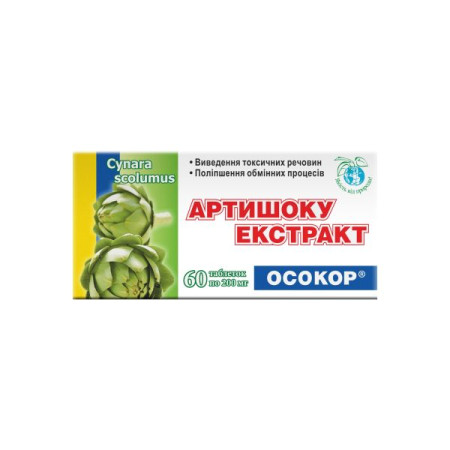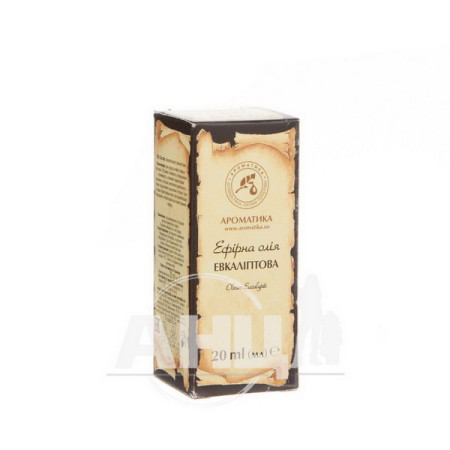Atorvacor film-coated tablets 80 mg blister No. 30

Atorvacor tablets are indicated for:
prevention of cardiovascular disease; reduction of the risk of myocardial infarction; reduction of the risk of stroke; reduction of the risk of revascularization procedures and angina pectoris. reduction of the risk of non-fatal myocardial infarction; reduction of the risk of fatal and non-fatal stroke; reduction of the risk of hospitalization for congestive heart failure.Composition
Active ingredient: atorvastatin;
1 tablet contains atorvastatin calcium trihydrate 10.82 mg, or 21.64 mg, or 43.28 mg, or 86.56 mg in terms of 100% substance (equivalent to atorvastatin) 10 mg, or 20 mg, or 40 mg, or 80 mg;
Excipients: calcium carbonate; lactose, monohydrate; microcrystalline cellulose; croscarmellose sodium; polysorbate 80, hydroxypropylcellulose; magnesium stearate; Opadry II 85F18422 white (polyvinyl alcohol, polyethylene glycol, talc, titanium dioxide (E 171)).
Contraindication
Active liver disease, which may include persistent elevations of hepatic transaminases of unknown etiology. Hypersensitivity to any of the components of this medicinal product. Pregnancy and lactation. Women of childbearing potential not using contraceptives.Method of application
The recommended initial dose of Atorvacor is 10 or 20 mg once daily. For patients who require a significant reduction in LDL-C (more than 45%), therapy can be initiated at 40 mg once daily. The dose range of Atorvacor is 10 to 80 mg once daily. The drug can be taken as a single dose at any time and without regard to meals. The initial and maintenance doses of Atorvacor should be individualized, depending on the goal of treatment and response. After initiation of treatment and/or after titration of the dose of Atorvacor, lipid levels should be monitored for a period of 2 to 4 weeks and the dose adjusted accordingly.
Application features
Pregnant women
Contraindicated.
Children
From the age of 10.
Drivers
It has a very slight effect on the reaction speed when driving or working with other mechanisms.
Overdose
There is no specific treatment for atorvastatin overdose. In case of overdose, the patient should be treated symptomatically and, if necessary, supportive measures should be applied. Given the high degree of binding of the drug to plasma proteins, a significant increase in the clearance of atorvastatin by hemodialysis should not be expected.
Side effects
Atorvastatin is generally well tolerated.
Adverse reactions include: chest pain, facial edema, fever, asthenia, neck stiffness, weakness, photosensitivity reactions, generalized edema, malaise, pyrexia, peripheral edema.
Interaction
The risk of myopathy during statin treatment is increased with concomitant use of fibric acid derivatives, lipid-modifying doses of niacin, cyclosporine, or potent CYP 3A4 inhibitors (e.g. clarithromycin, HIV protease inhibitors, and itraconazole).
Grapefruit juice. Contains one or more components that inhibit CYP 3A4 and may increase plasma concentrations of atorvastatin, especially with excessive consumption of grapefruit juice (more than 1.2 liters per day).
Atorvastatin and its metabolites are substrates of the OATP1B1 transporter. OATP1B1 inhibitors (e.g. cyclosporine) may increase the bioavailability of atorvastatin. The AUC of atorvastatin was significantly increased when atorvastatin 10 mg was co-administered with cyclosporine 5.2 mg/kg/day compared to atorvastatin alone. The concomitant use of atorvastatin and cyclosporine should be avoided.
Storage conditions
Store in the original packaging at a temperature not exceeding 25 °C.
Keep out of reach of children.
Shelf life - 2 years.
There are no reviews for this product.
There are no reviews for this product, be the first to leave your review.
No questions about this product, be the first and ask your question.













